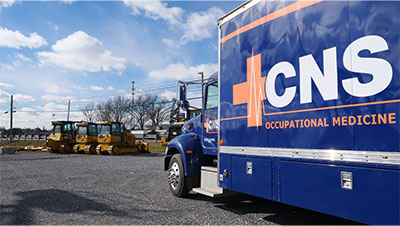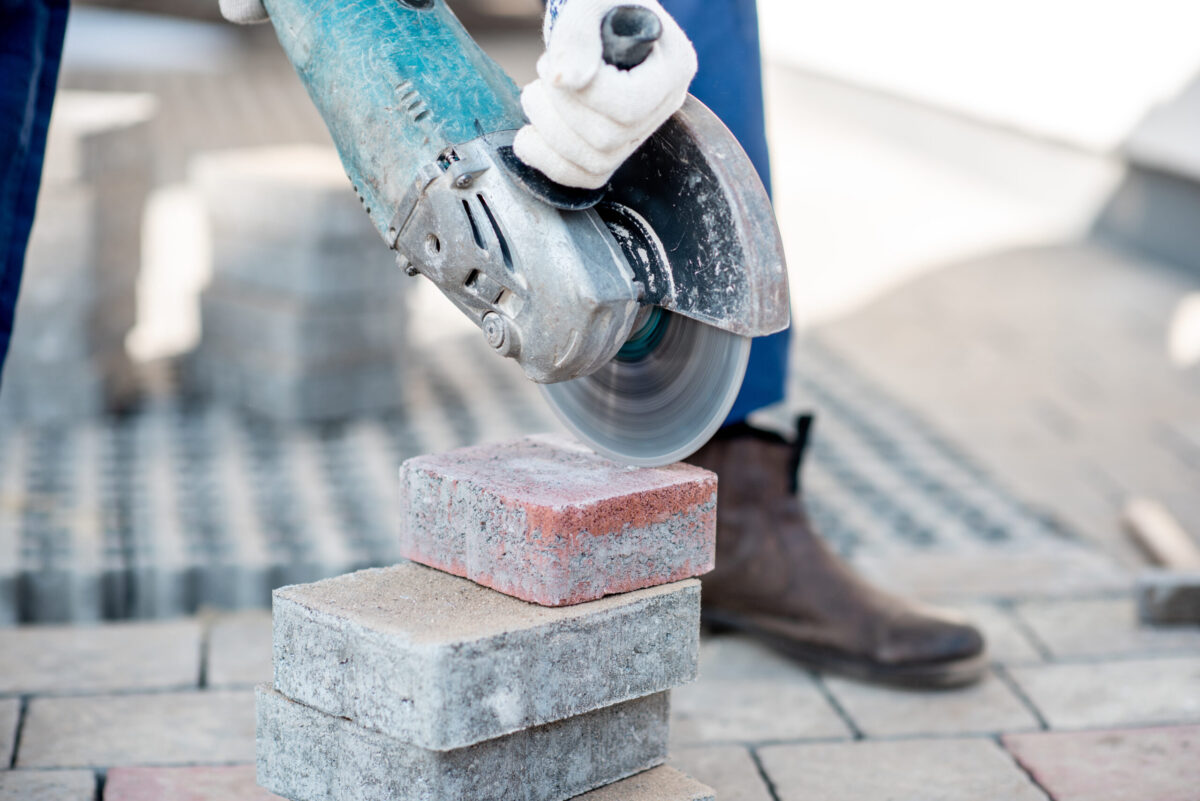Starting May 17, 2022, a new OSHA Regional Emphasis Program begins to identify and reduce hazards in the cut stone and stone products industry in the Denver, CO area.
This enforcement program is happening because in the past 10 years, the cut stone and stone products manufacturing industry has had the highest documented overexposures to respirable crystalline silica in the region, with 30% of the documented overexposures in the region.
This program only highlights the tip of the problem across the country.
Why is silica dust such a problem?
Crystalline silica is a common mineral found in sand, concrete, natural stone, artificial stone, mortar and other materials, and generates respirable dust during cutting, grinding and polishing processes.
Silica dust is a serious health and safety hazard in many different industries, such as construction, mining, stone cutting and manufacturing, and much more.
Learn more about crystalline silica and the OSHA testing requirements for employers.
“Inhaling elevated levels of respirable crystalline silica without proper protection increases the risk of contracting multiple diseases, including silicosis, an incurable lung disease that can lead to disabling or fatal injuries,” said OSHA Regional Administrator Jennifer Rous in Denver.
Silica exposure and the link to severe black lung disease in miners
In a recent study, researchers at University of Illinois Chicago have found a clear link between silica exposure and severe black lung disease in contemporary U.S. coal miners. They found that silica exposure is a driving force behind rising rates of coal workers’ pneumoconiosis.
The research team found a clear link between silica exposure and severe black lung disease in contemporary miners:
- Contemporary miners had significantly higher rates of silica-type disease compared with their historical counterparts (57% vs. 18%). In contrast, historical miners had a significantly higher proportion of both coal‐type (50% vs. 17%) and mixed‐type (33% vs. 26%) diseases.
- Mineral dust alveolar proteinosis was more common in contemporary miners (70% vs. 37%).
- The percentage (26% vs. 18%) and concentration (4.7 vs. 2.6 billion particles per cubic centimeters) of silica particles were significantly greater in contemporary miners.
- The concentration of silica particles was significantly greater (more than 50%) when silica‐type severe black lung, mineral dust alveolar proteinosis, silicotic nodules or immature silicotic nodules were present.
“These findings provide the first direct evidence that silica is a causative agent behind the increasing incidence of progressive massive fibrosis — severe black lung disease. This is critical information that can be used to determine health-protective permissible exposure limits for coal miners.”
Staying in compliance with silica testing OSHA rules
To ensure employers stay compliant with the stricter OSHA rules, CNS Occupational Medicine team provides comprehensive silica testing program that includes:
- silica medical history and respirator questionnaire
- physical exam with emphasis on the respiratory system
- chest X-ray, with “B” reader TB skin test
- respiratory fit test
- Pulmonary Function Test (PFT) administered by a spirometry technician
- testing for tuberculosis (TB)
Stop waiting at hospitals or urgent care clinics. Our knowledgeable examiners are focused on best-in-class customer service when it comes to treating workers and employers to create long term health and wellness.
For more information, contact us at 800.551.9816 or info@cnsoccmed.com.










